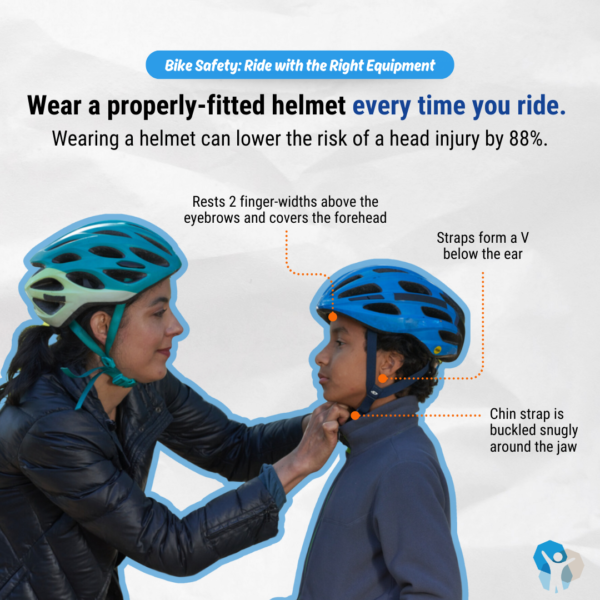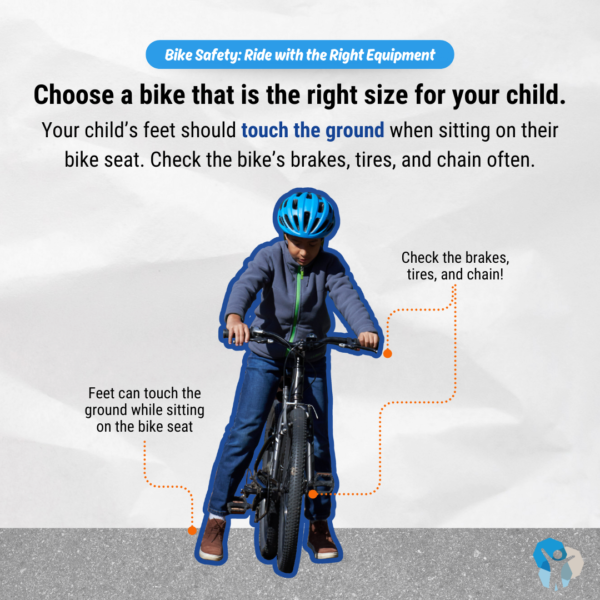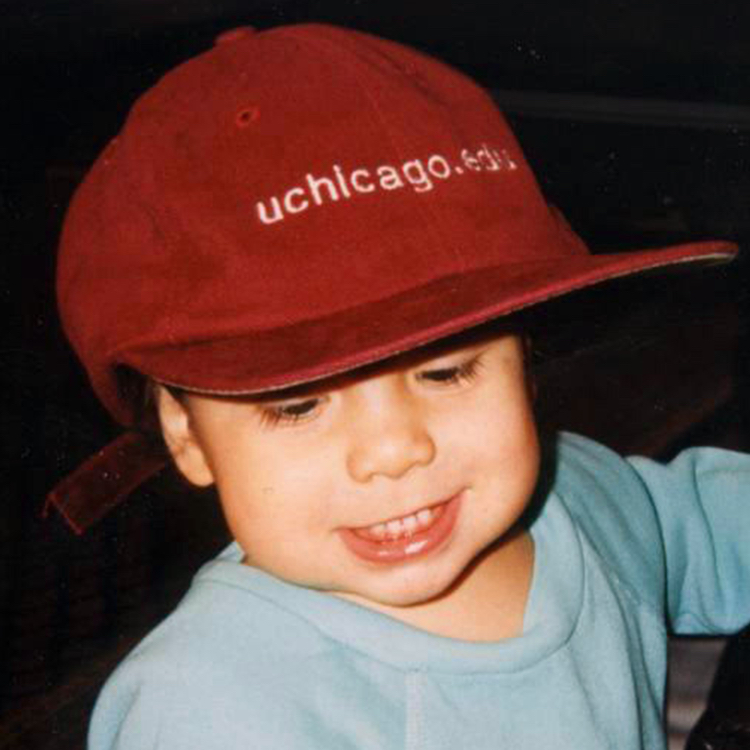Summer is just around the corner and with that comes the excitement of outdoor activities. This also means an increase in unintentional injuries, especially those due to bicycles. Kids ages 10-14 are more likely to be killed on a bike than any other age group, but with the proper gear, and smart choices you can set your kids up to have fun and stay safer.
Head injuries occur in about 15% of childhood bicycle-related crashes. Wearing a bike helmet decreases the risk of head injury by 85%, severe brain injury by 88%, and facial fractures by 31%. Follow these tips to reduce injures:

- Your child’s helmet should be the right fit and size. (Remember this if you’re gifting a bicycle helmet, too!)
- Check if a helmet or bike has been recalled here.
- Replace any helmet that is damaged or that has been involved in a crash.
- Do not buy helmets secondhand. They could be unsafe if they were in an accident, have missing or broken parts, or might not meet current safety standards.
Here are a few tips on how to prepare children for the responsibility of riding their bikes.
 Do not push your child to ride a 2-wheeled bike until they are ready, at about age 5 or 6.
Do not push your child to ride a 2-wheeled bike until they are ready, at about age 5 or 6.- Take your child with you when you shop for the bike, so that they can try it out. Make sure that their feet are touching the ground when sitting on you’re the seat. Buy a bike that is the right size, not one your child has to “grow into.” Oversized bikes are especially dangerous and can cause children to lose control and fall. Check if the bike has been recalled here.
- Add reflectors (and bike lights if possible) to their bikes for visibility and if they have to ride at night or during bad weather, have them wear bright colors and reflective gear.
- Ask children who they are riding with and where they are going. Help them pick routes that have bike lanes or dedicated bike paths away from heavy road traffic and busy intersections when possible.
- Have children ride only during the day if possible and stay where drivers can see them. Teach them to be predictable to motor vehicle drivers and follow all road and bicycle laws.
Learn more about bike safety from the National Highway Traffic Safety Association and the American Academy of Pediatrics. Follow KID on Facebook, Instagram, Twitter, and TikTok to learn more about the work KID does.


